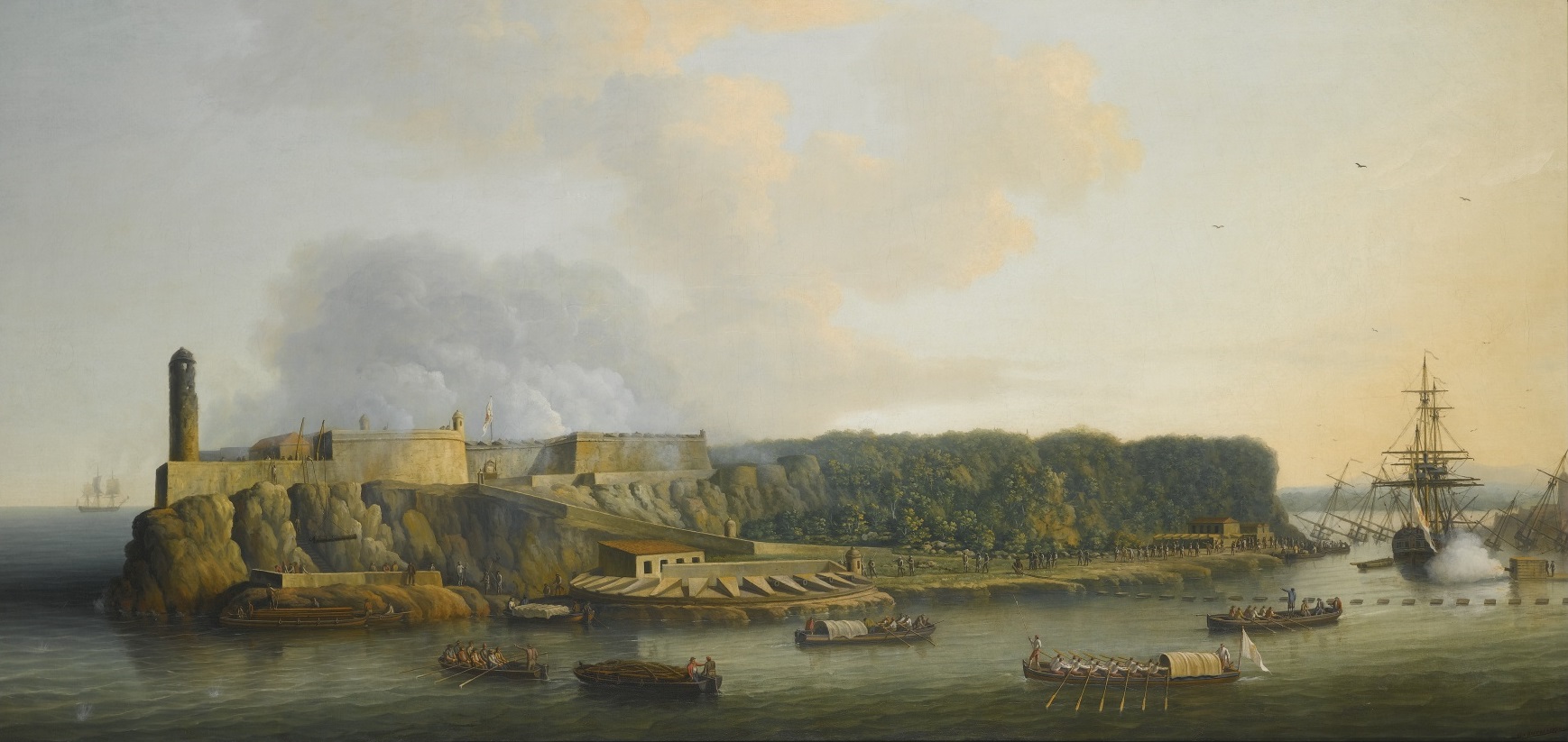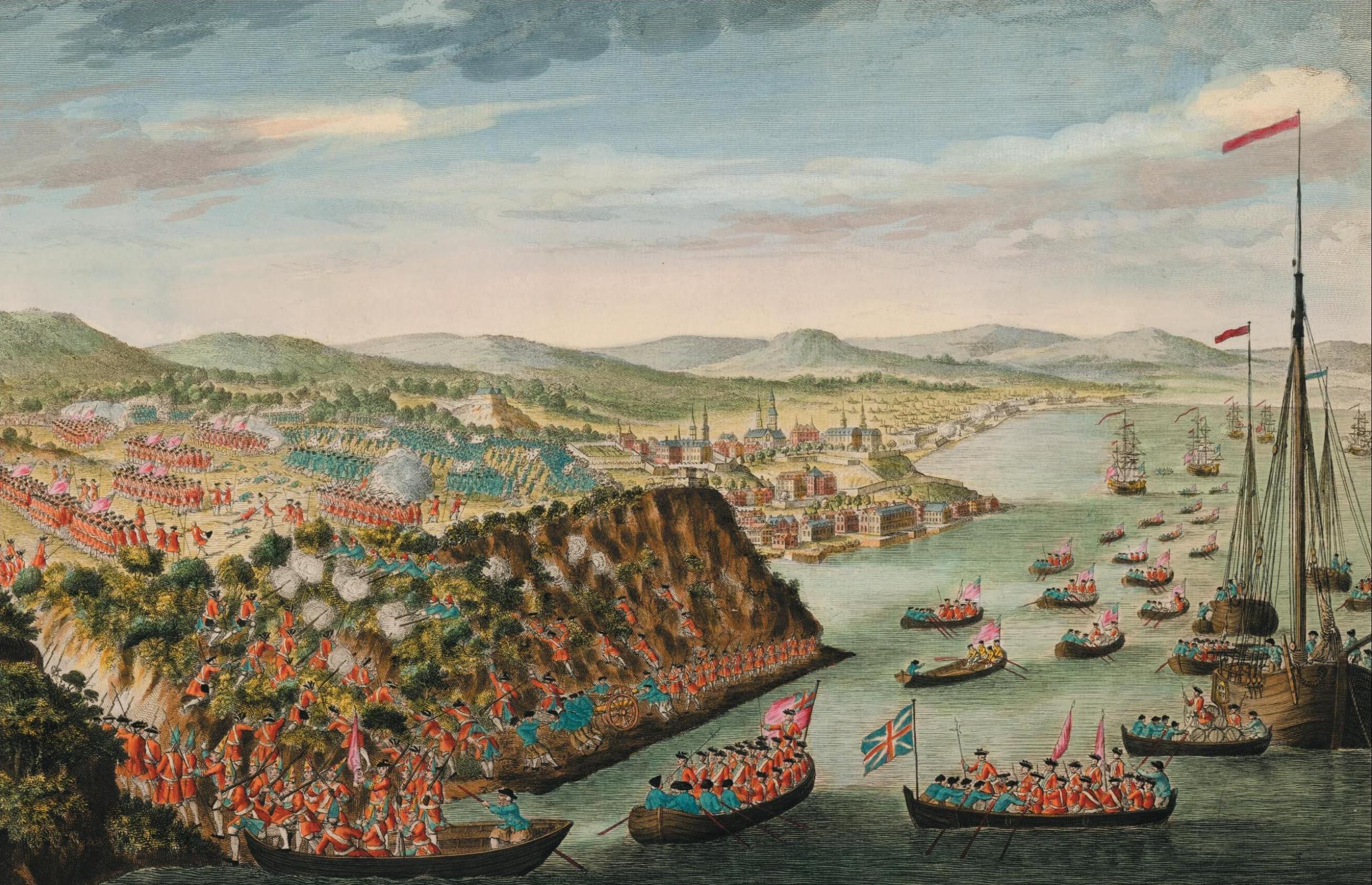|
58th Regiment Of Foot (other)
{{mil-unit-dis ...
Three regiments of the British Army have been numbered the 58th Regiment of Foot: * 47th (Lancashire) Regiment of Foot, 58th Regiment of Foot, numbered as the 58th Foot in 1747 and renumbered as the 47th in 1751 * 56th (West Essex) Regiment of Foot, 58th Regiment of Foot, raised in 1755 and renumbered as the 56th in 1756 * 58th (Rutlandshire) Regiment of Foot, raised as the 60th and renumbered as the 58th in 1756 See also * 58th Regiment (other) 58th Regiment or 58th Infantry Regiment may refer to: * 58th Regiment of Foot (other), three British Army units have carried this name * 58th (Middlesex) Searchlight Regiment, Royal Artillery, a British Army unit, 1938–1955 * 58th Vau ... [...More Info...] [...Related Items...] OR: [Wikipedia] [Google] [Baidu] |
47th (Lancashire) Regiment Of Foot
The 47th (Lancashire) Regiment of Foot was an infantry regiment of the British Army, raised in Scotland in 1741. It served in North America during the Seven Years' War and American Revolutionary War and also fought during the Napoleonic Wars and the Crimean War. Under the Childers Reforms it amalgamated with the 81st Regiment of Foot (Loyal Lincoln Volunteers) to form the Loyal Regiment (North Lancashire) in 1881. History Formation and early service The regiment was raised in Scotland by Colonel Sir John Mordaunt as Sir John Mordaunt's Regiment of Foot in 1741. In 1743, Peregrine Lascelles was appointed Colonel and until May 1745, the regiment was employed building a military road near Loch Lomond, part of a new route from Dumbarton to Inverary. In July, Charles Stuart landed in Scotland to launch the 1745 Rising and two companies of Lascelles garrisoned Edinburgh Castle. The remaining eight companies fought at the Battle of Prestonpans in September, when the government ar ... [...More Info...] [...Related Items...] OR: [Wikipedia] [Google] [Baidu] |
56th (West Essex) Regiment Of Foot
The 56th (West Essex) Regiment of Foot was an infantry regiment in the British Army, active from 1755 to 1881. It was originally raised in Northumbria as the 58th Regiment, and renumbered the 56th the following year when two senior regiments were disbanded. It saw service in Cuba at the capture of Havana in the Seven Years' War, and was later part of the garrison during the Great Siege of Gibraltar in the American Revolutionary War. During the French Revolutionary Wars it fought in the Caribbean and then in Holland. On the outbreak of the Napoleonic Wars the 56th raised a second battalion in 1804 as part of the anti-invasion preparations; both saw service in India and in the Indian Ocean, with the first capturing Réunion and Mauritius. A third battalion was formed in the later years of the war, but was disbanded after a brief period of service in the Netherlands. The regiment spent much of the following period on foreign garrison duties, and saw service in the later stages of ... [...More Info...] [...Related Items...] OR: [Wikipedia] [Google] [Baidu] |
58th (Rutlandshire) Regiment Of Foot
The 58th (Rutlandshire) Regiment of Foot was a British Army line infantry regiment, raised in 1755. Under the Childers Reforms it amalgamated with the 48th (Northamptonshire) Regiment of Foot to form the Northamptonshire Regiment in 1881. History Early wars The regiment was raised by Colonel Robert Anstruther as the 60th Regiment of Foot in 1755 for service in the Seven Years' War. It was re-ranked as the 58th Regiment of Foot, following the disbandment of the existing 50th and 51st regiments, in 1756. The regiment embarked for North America in spring 1758 for service in the French and Indian War and saw action at the siege of Louisbourg in June 1758, the Battle of the Plains of Abraham in September 1759, the Battle of Sainte-Foy and the subsequent siege of Quebec in April to May 1760. It then took part in the final and decisive campaign between July and September 1760 when Montreal fell. The regiment then moved to the West Indies and, although eight companies of the regi ... [...More Info...] [...Related Items...] OR: [Wikipedia] [Google] [Baidu] |


